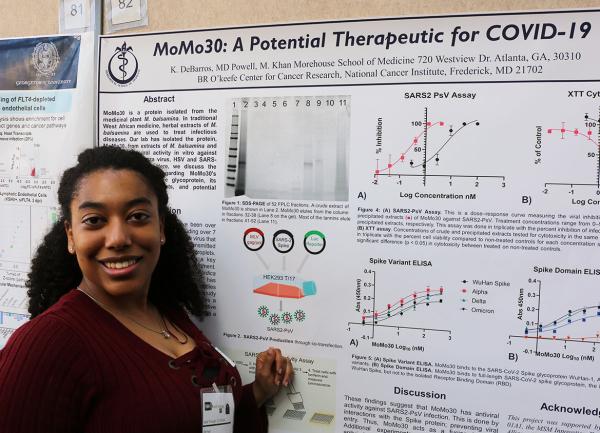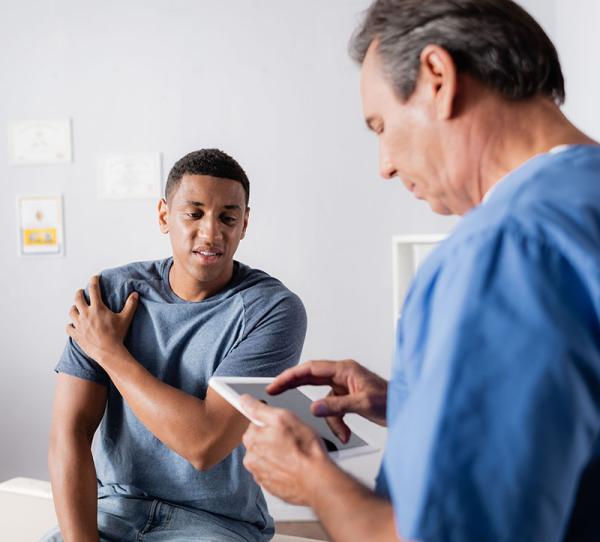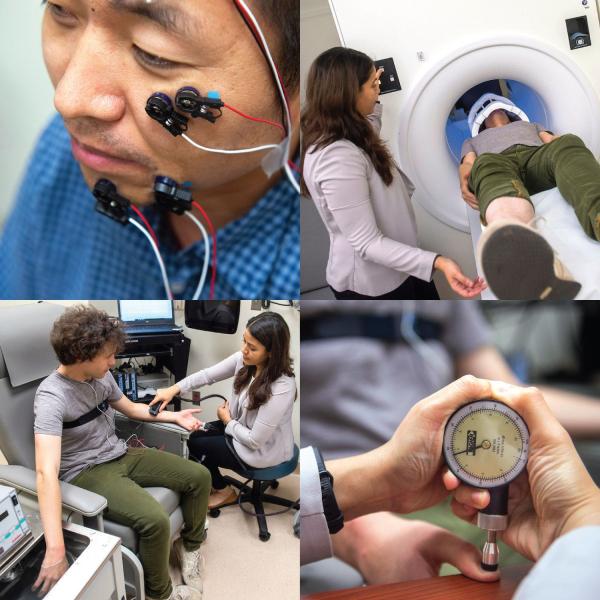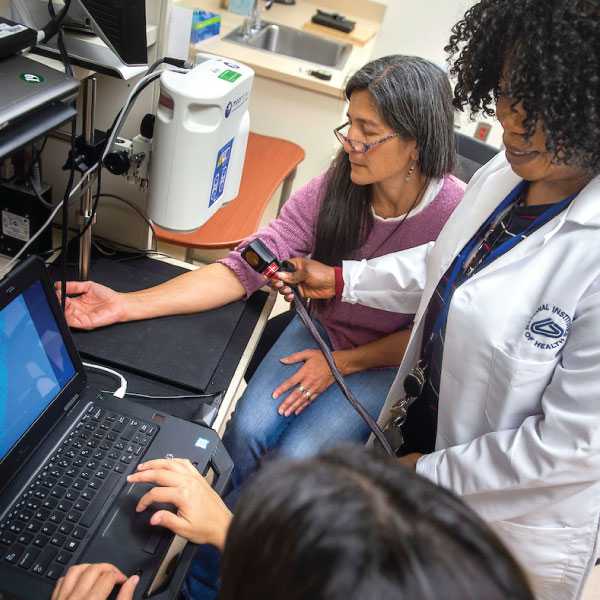IRP Graduate Students Show Off Their Work at Annual Symposium
Event Highlights Efforts of Early-Career Researchers
The IRP’s reputation as a leader in biomedical research attracts scientists in all stages of their careers and from all corners of the U.S. and the world. Once a year, the motley collection of graduate students who are completing their Ph.D. research in NIH labs gets to tout its scientific accomplishments at NIH’s Graduate Student Research Symposium, which took place this year on February 15.
During the event’s two poster sessions, more than 120 IRP graduate students presented the results of their research so far, from the development of better ways to grow retina-like collections of cells in the lab to insights into how the brain regulates feelings of hunger. Read on for a brief look at a few of the IRP’s brilliant budding scientists and the discoveries they showed off at the event.










